Storyblok

Storyblok: Headless CMS for Customizable Content Models
Storyblok is a headless CMS that allows you to build customizable content models and publish content through APIs. It decouples content from presentation, making it easy to deliver content to any platform.
What is Storyblok?
Storyblok is a headless content management system (CMS) optimized for developer workflows. It allows you to create structured content models and manage all your content in one place through a visual editor interface. You can then access and distribute that content via APIs to display it on any website, application, or device.
Some key features of Storyblok include:
- Custom content types - Build reusable content models like pages, components, articles etc to fit your needs.
- Visual editor - Edit and manage content visually using Storyblok's editor interface.
- APIs - Access and manage content via developer-friendly APIs. Integrates with any stack.
- Previews - See changes in real-time with instant content preview system.
- Workflow - Collaborate with editorial workflows like versioning and content scheduling.
- Personalization - Create dynamic content experiences with personalization filters.
- Multi-channel publishing - Distribute content to multiple platforms like mobile, web, etc from a single source.
In summary, Storyblok makes it fast and simple to create structured content models tailored to your needs and deliver omnichannel content experiences through a headless architecture. It separates the content from the presentation layer for greater flexibility across platforms.
Storyblok Features
Features
- Visual editor for content creation
- Customizable content models
- Versioning and workflow management
- Multi-language support
- API-based content delivery
- Plugin ecosystem
- Visual page builder
Pricing
- Freemium
- Subscription-Based
Pros
Cons
Official Links
Reviews & Ratings
Login to ReviewThe Best Storyblok Alternatives
Top Online Services and Content Management and other similar apps like Storyblok
Here are some alternatives to Storyblok:
Suggest an alternative ❐WordPress
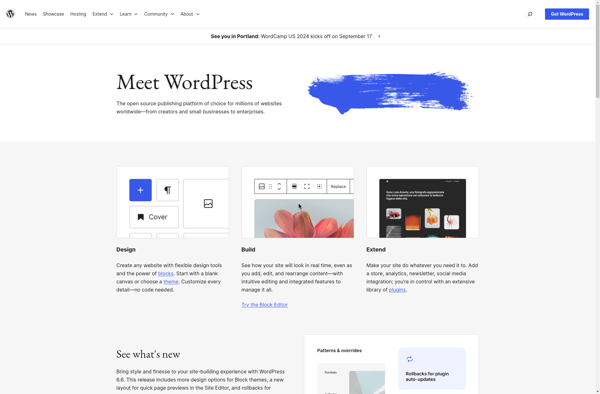
Strapi
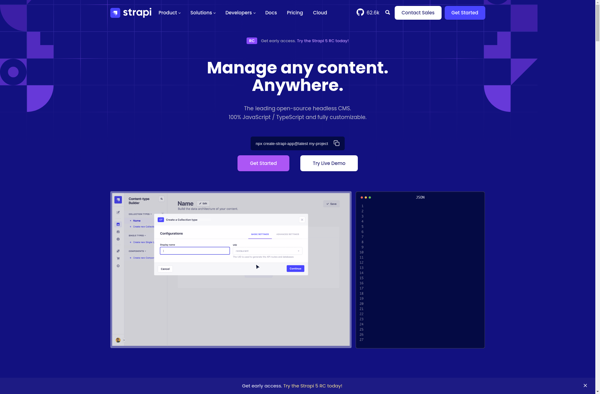
Contentful

Joomla
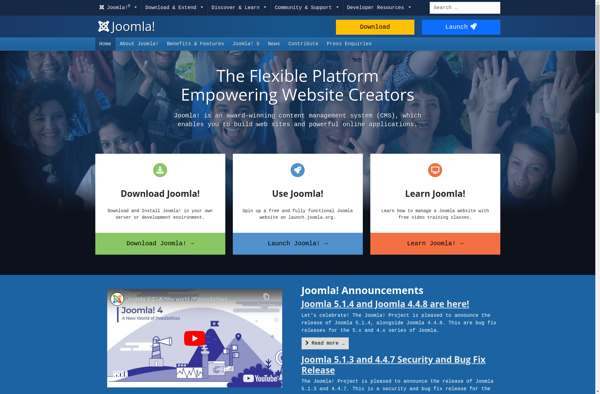
Sanity.io

DEV Community
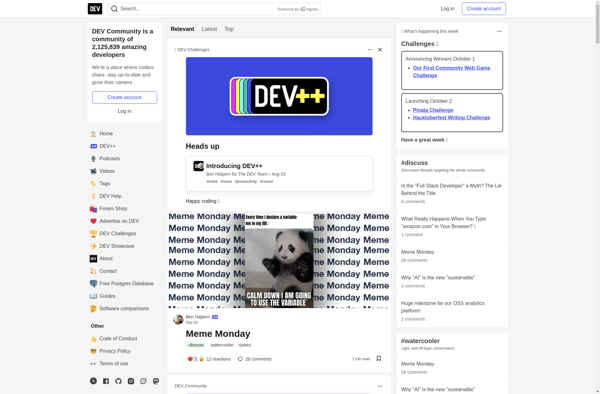
TYPO3
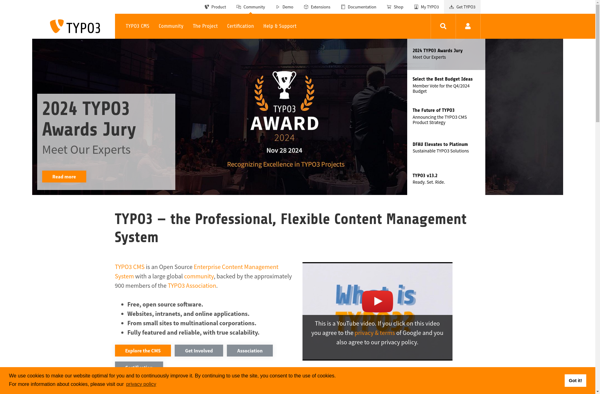
OverBlog
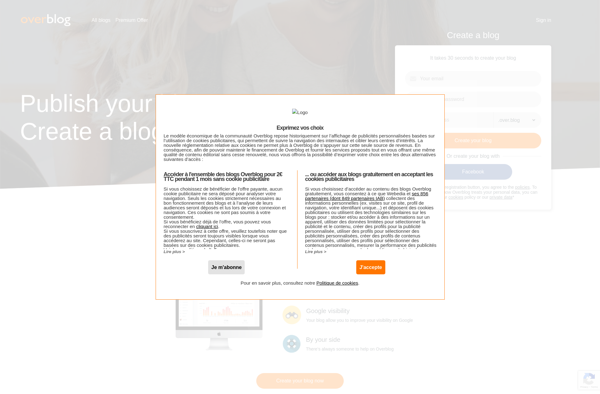
Webiny
